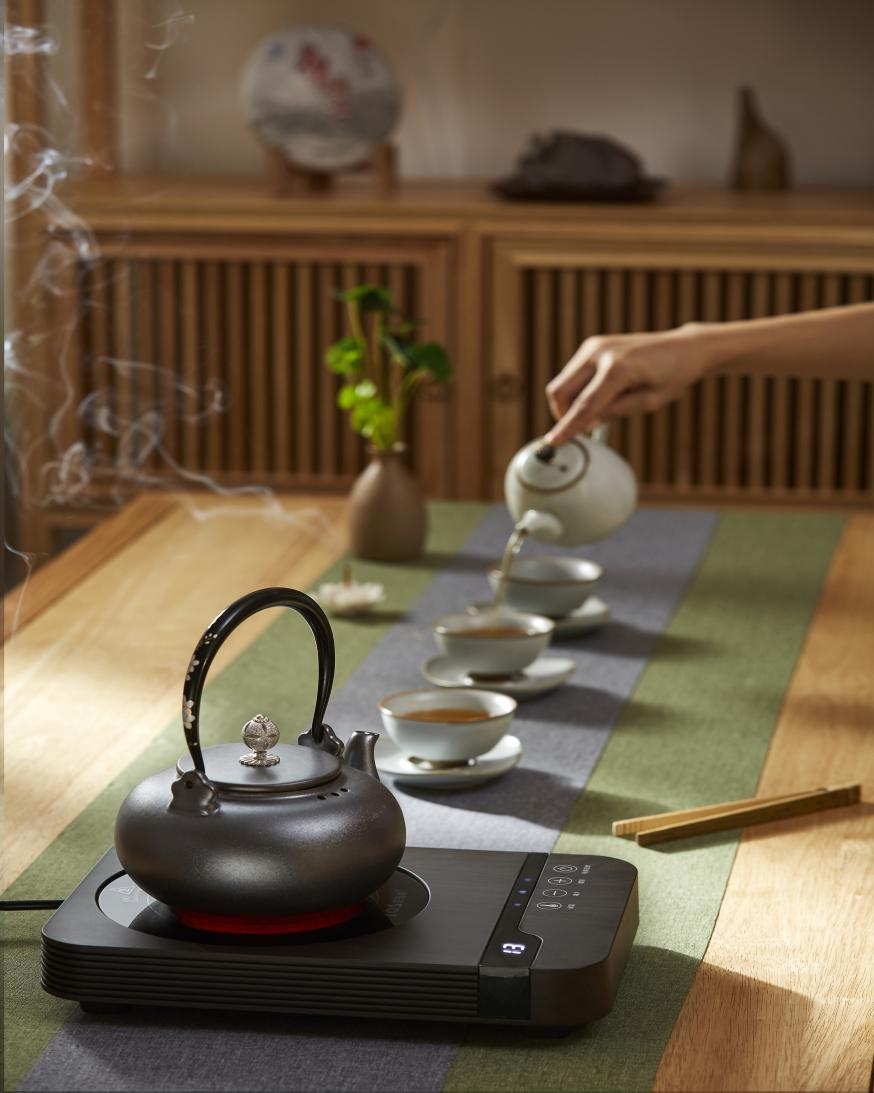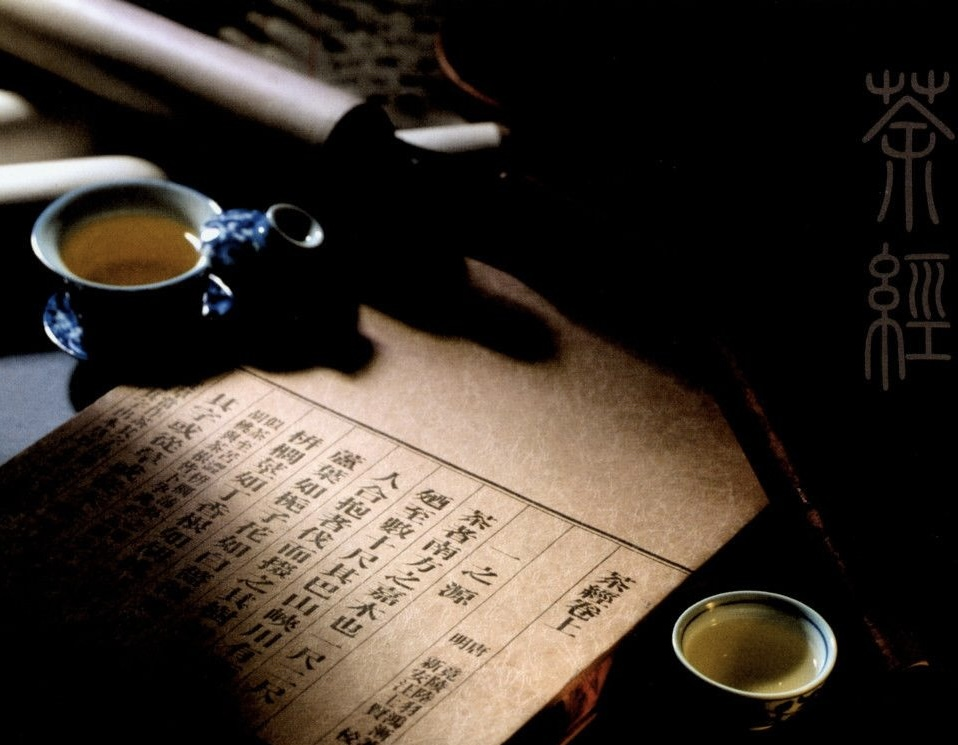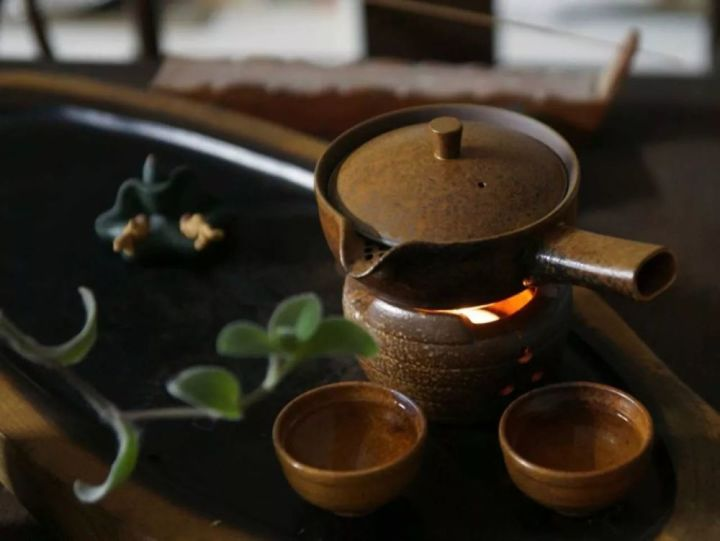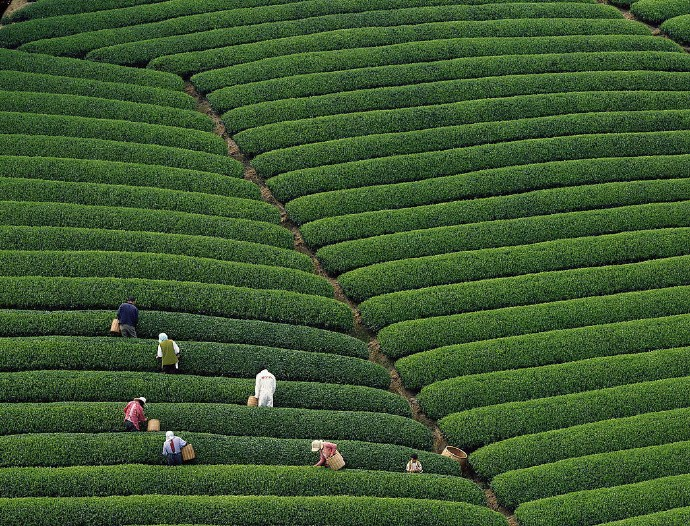
The Chinese tea ceremony, with its rich history and profound cultural significance, is an art that encompasses philosophy, aesthetics, etiquette, and a holistic approach to well-being. It goes beyond the act of drinking tea and reflects a spiritual pursuit and a way of life. At its core, the essence of the tea ceremony can be summarized by the four principles: Harmony, Respect, Purity, and Serenity. These principles guide not only the process of brewing and tasting tea but also a path of self-cultivation and refinement.
中国茶道,源远流长,是一种融合了哲学、美学、礼仪与健康理念的生活艺术,它不仅仅关乎饮茶本身,更是一种精神追求与生活态度的体现。茶道的精髓,在于“和、敬、清、寂”四字,这不仅是泡茶、品茶的过程,也是一种修身养性、陶冶情操的方式。
The history of tea in China dates back thousands of years. Legend has it that the Emperor Shennong discovered tea's medicinal properties when he tried various herbs, and tea became a remedy for poison. However, the development of tea from a simple medicinal plant to an art form took a long journey. The "Classic of Tea" written by Lu Yu during the Tang Dynasty is regarded as the world's first specialized treatise on tea, marking the initial formation of tea culture. During the Song Dynasty, tea ceremonies became more sophisticated, with activities such as pouring and competing with tea gaining popularity. In the Ming and Qing Dynasties, as tea varieties expanded and brewing techniques evolved, tea ceremonies gradually spread to the general public, giving rise to diverse regional styles and tea-drinking customs.
茶的历史在中国可追溯至几千年前,传说中神农氏尝百草,遇毒,得茶而解之,这是关于茶最早的记载之一。然而,茶从简单的药用植物发展成为一门艺术,经历了漫长的过程。唐代陆羽所著的《茶经》,被誉为世界上第一部茶学专著,标志着茶道文化的初步形成。到了宋代,茶艺更为精致,点茶、斗茶风靡一时。明清时期,随着茶叶种类的丰富和泡茶方式的演变,茶道逐渐普及至民间,形成了多样化的地域特色和饮茶习俗。

Key Elements of the Tea Ceremony:
茶道的核心元素
Tea: China boasts a wide variety of teas, ranging from green, black, and oolong teas to white and yellow teas. Each type has its unique flavors and brewing methods, and the selection of the right tea serves as the foundation of the tea ceremony.
茶:中国茶种类繁多,从绿茶、红茶、乌龙茶、白茶、黄茶到黑茶,每一种茶都有其独特的风味和冲泡方法,选择合适的茶叶是茶道的基础。
Water: As the tea sage Lu Yu once said, "Mountains provide water sources, rivers supply river water, and wells offer well water." The quality of water directly influences the taste of tea, emphasizing the importance of using good water for a successful tea brewing experience.
水:茶圣陆羽有云:“山水上,江水中,井水下。”水质直接影响茶的口感,好水烹好茶,是茶道中的关键。
Utensils: The choice of tea utensils also plays a significant role. From the kettle used to boil water and teapots (such as Yixing teapots) for brewing to teacups and tea trays for serving, each item is considered an artistic piece that complements the ambiance of the tea ceremony.
器:茶具的选择同样讲究,从煮水的壶、泡茶的壶(如紫砂壶)、品茗杯到盛放茶具的茶盘,每一件都是艺术品,与茶道的氛围相得益彰。
Environment: The setting of the tea ceremony emphasizes natural harmony, featuring simplicity and elegance. It often incorporates elements of flowers, plants, calligraphy, and paintings, creating a serene and peaceful atmosphere conducive to relaxation and purification of the mind.
境:茶道的环境布置强调自然和谐,简朴而不失雅致,常伴有花木、书画,营造出一种清幽宁静的氛围,有助于茶客心灵的放松与净化。
Artistry: The tea ceremony involves a series of rituals and gestures, including selecting tea leaves, preparing the utensils, boiling water, steeping the tea, and serving it to guests. Each movement is performed with a focus on calmness, precision, and respect, reflecting the cultivator's refinement and reverence for tea.
艺:茶艺表演,包括选茶、备器、煮水、泡茶、奉茶等环节,每一个动作都力求平和、精准,体现着茶人的修养与对茶的尊重。

The Spiritual Essence of the Tea Ceremony:
茶道的精神内涵
The tea ceremony is not merely about the physical enjoyment of tea; it is a spiritual practice. Through the process of brewing and savoring tea, people learn to slow down, appreciate the subtleties and beauty of life, and cultivate a tranquil state of mind and a humble character. The principles of "Harmony," "Respect," "Purity," and "Serenity" extend beyond the tea table, guiding individuals in seeking balance, harmony, and inner peace in their daily lives.
茶道不仅仅是物质享受,更是一种精神上的修行。在茶的冲泡与品鉴中,人们学会慢下来,体会生活的细腻与美好,培养出平和的心态与谦逊的品德。茶道中的“和”寓意和谐共处,“敬”体现尊敬与谦恭,“清”指的是心灵的清净,“寂”则是内心的宁静与淡泊。这些理念不仅适用于茶桌之上,更引导着人们在日常生活中寻求平衡与和谐。

Continuation and Modern Development of the Tea Ceremony:
现代茶道的传承与发展
With the passage of time, while preserving the essence of tradition, the Chinese tea ceremony has also adapted to modern life. Modern tea houses and tea rooms have become new spaces for leisure and socializing. Tea art courses and cultural lectures enable more people to understand and develop an affinity for this traditional culture. Furthermore, the integration of tea with tourism, Zen meditation, and health practices has injected new vitality into the tea culture and spread the beauty of Chinese tea to the world.
随着时代的发展,中国茶道在保留传统精髓的同时,也在不断地与现代生活相融合。现代茶馆、茶室成为人们休闲社交的新空间,茶艺课程、茶文化讲座让更多人了解并喜爱上这一传统文化。此外,茶与旅游、禅修、健康养生等领域的结合,也让茶道文化展现出新的活力,向世界传播着中国的茶文化之美。
文章来源:微信公众号“英语桥文化传播”